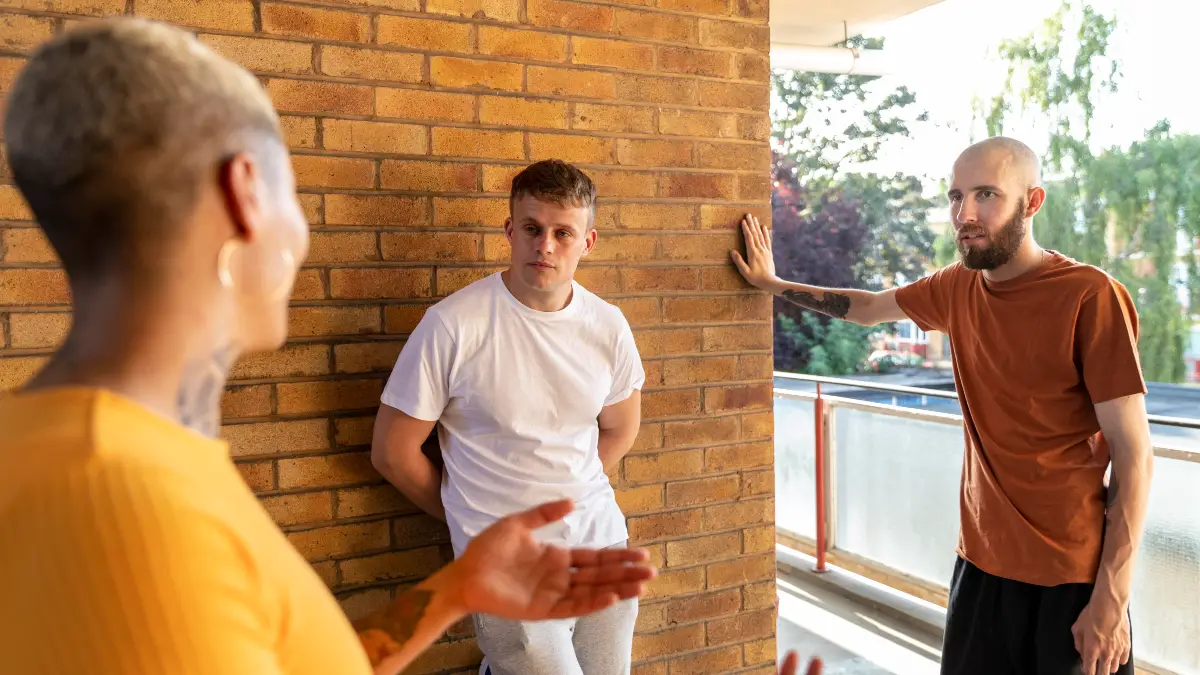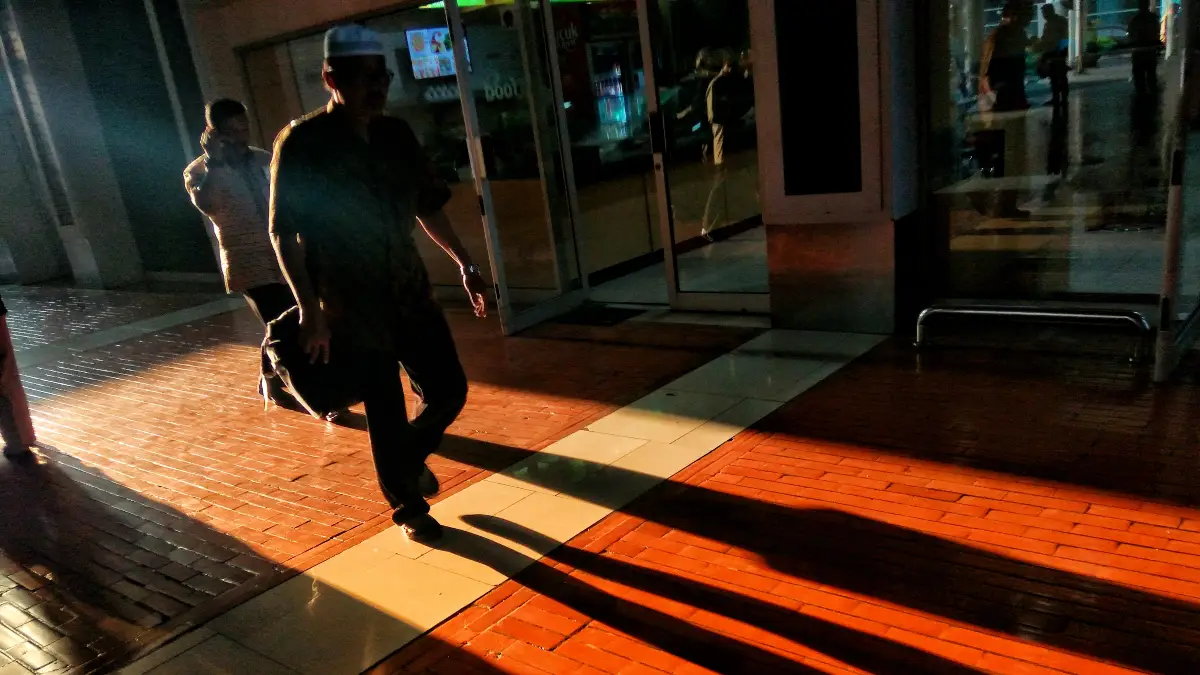Serial killer Ted Bundy once claimed he could spot victims by how they walked. Chilling, but science confirms he wasn’t lying. Predators—both human and animal—make targeting decisions in just seven seconds based almost entirely on how you move.
The good news? You can control this. Research shows that specific body language patterns mark someone as either vulnerable or strong. Criminals seek easy targets who won’t fight back or escape.
By changing a few key movement patterns, you can literally become “invisible” to predator targeting systems. These evidence-based techniques work against criminals, workplace bullies, and even wild animals.
Your safety starts with how you move.
The 7-Second Assessment Window

You have just seven seconds to make a first impression – but for potential predators, that’s all they need. Steve Kardian, an FBI Defensive Tactics Instructor, warns that criminals take only seven seconds to decide if you’re a suitable target.
This quick judgment happens before you even know you’re being watched. What exactly do predators look for? They’re scanning your body language for signs of weakness.
They assess your coordination, how aware you are of your surroundings, and physical capabilities. Most importantly, they’re hunting for vulnerability signals that broadcast “easy target” to their trained eyes.
Why such a quick decision? Predators can’t afford to get hurt. A criminal who gets injured during an attack can’t escape, can’t attack again, and risks capture.
That’s why they carefully pick victims who appear to offer the least resistance and highest chance of success. Like all predators in nature, they seek the path of least resistance.
The Landmark Grayson & Stein Study (1981)

The science behind predator selection goes back to 1981, when researchers Betty Grayson and Morris Stein conducted a groundbreaking study. They showed video footage of 60 pedestrians walking down a New York City street to 53 inmates with histories of violent assault.
The results were striking. The inmates reached almost unanimous agreement about which pedestrians would make “easy targets.” Even more surprising – they made these judgments in just seconds.
Victim selection had nothing to do with gender, age, or race. It came down purely to how people moved. The difference between victims and non-victims was entirely in their walking patterns.
What specific movement patterns marked someone as vulnerable? Inmates identified shorter stride length, feet lifting rather than swinging forward, uncoordinated arm movements, and a general lack of rhythm in walking.
One inmate described non-victims as having a “wholeness” to their movement – a natural confidence and coordination that signaled strength.
Psychopathy and Enhanced Victim Detection

More recent research has deepened our understanding of predator selection. In 2013, researchers Book, Costello, and Camilleri conducted a study with maximum-security inmates that revealed something chilling.
While psychopaths make up only 1% of the general population, they commit roughly 50% of all violent crimes. The study found that higher psychopathy scores correlated with better ability to spot vulnerability from gait alone.
In other words, the most dangerous predators are also the most skilled at picking out vulnerable targets. When interviewed, these inmates specifically mentioned gait (how someone walks) as the primary indicator they used to identify potential victims.
“I can spot the victim by the way they walk,” said one inmate. “They have a walk that just screams ‘victim.'”
Point-Light Walker Studies

How powerful are these movement cues? Researchers led by Johnston wanted to find out if vulnerability could be detected with all other identifying features removed.
They created “point-light walkers” – videos showing only dots of light attached to major joints of the body. Even with faces, clothing, and body types completely hidden, observers could still accurately identify vulnerable individuals based solely on how the dots moved in relation to each other.
The good news? When people received self-defense training that addressed their walking style, their vulnerability ratings decreased significantly. The point-light studies showed measurable improvements in how they were perceived.
Body language is learnable and changeable. You’re not stuck with the signals you’re currently sending. With awareness and practice, you can transform how potential predators perceive you – making yourself “invisible” to their targeting process.


